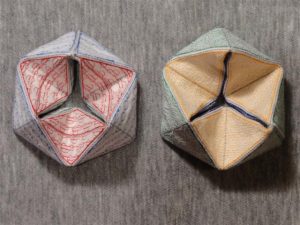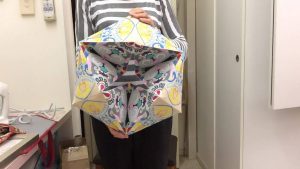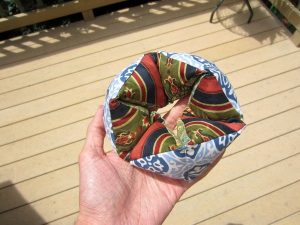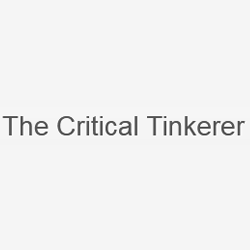Category: Flexagon
Hexaflexagon, kaleidocycle, flexahedron, Cyclic Tetrahedron
In geometry, flexagons are flat models, usually constructed by folding strips of paper, that can be flexed or folded in certain ways to reveal faces besides the two that were originally on the back and front.
Flexagons are usually square or rectangular (tetraflexagons) or hexagonal (hexaflexagons). A prefix can be added to the name to indicate the number of faces that the model can display, including the two faces (back and front) that are visible before flexing. For example, a hexaflexagon with a total of six faces is called a hexahexaflexagon.
Martin Gardner popularised flexagons which are a form of rigid origami and the flexatube.
At a magic show in 1956 fellow magician Royal Vale Heath introduced Gardner to the intricately folded paper shapes known as flexagons and steered him to the four Princeton University professors who had invented and investigated their mathematical properties. The subsequent article Gardner wrote for Sientific Americanon hexaflexagons ran in the December 1956 issue “Flexagons became a bit of a fad and soon people all over New York City were making them.”. He went on to write a monthly column on the subject of recreational mathematics for over a quarter century.
See Kaleidocycles
Sources
Wikipdia – Flexagon, Rigid origami, Martin Gardner,











